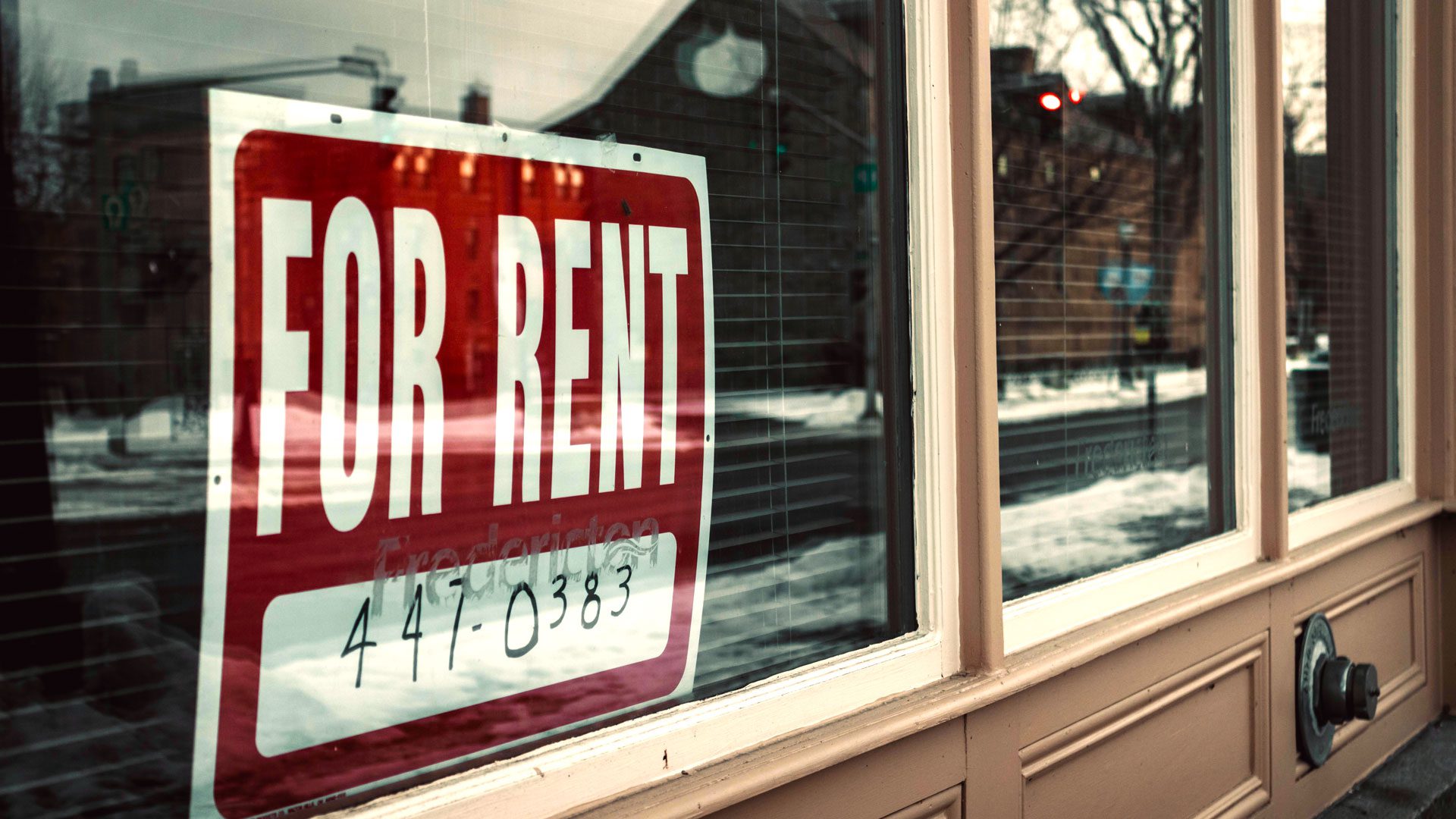Colorado health advocates presented to the Joint Budget Committee on glitch-plagued Public Health Emergency Unwind.
Recent articles
2024 Legislative session: addressing economic challenges at the individual and state level
Addressing economic challenges at the individual and state level after the 2024 Colorado legislative session.
CCLP’s 2024 legislative wrap-up, part 2
CCLP's 2024 legislative wrap-up focused on expanding access to justice, removing administrative burden, supporting progressive tax and wage policies, preserving affordable communities, and reducing health care costs. Part 2/2.
CCLP’s 2024 legislative wrap-up, part 1
CCLP's 2024 legislative wrap-up focused on expanding access to justice, removing administrative burden, supporting progressive tax and wage policies, preserving affordable communities, and reducing health care costs.
Colorado is losing low-cost rental housing

NEW: Read CCLP’s latest issue brief on low-cost rental housing here.
Colorado saw a 41.2 percent decline in the number of rental units with monthly rents under $600 between 2010 and 2019. While a monthly rent of $600 sounds low, this rent amount would be affordable to households earning up to $24,000 annually, assuming the household spent only 30 percent of their income on housing costs. Just under one in four (23.0 percent) renter households had incomes below this amount.
The loss of these low-cost units over the past decade means that low-income renters are finding it increasingly difficult to find affordable housing in our state. To put this loss of housing another way, one in five rental units had monthly rents under $600 in 2010, adjusting for inflation. By 2019, this ratio shrunk to one in ten rental units.
One of the major factors exacerbating this trend is the fact that there have been very few new low-cost rental units built in Colorado since 2010. Just 5.9 percent of rental units built since 2010 had monthly rents under $600 in 2019. On the other hand, 66.1 percent of the units built since 2010 had monthly rents between $1,000 and $1,999.
In many parts of the state, the private market appears to be unable or unwilling to build new rental housing that rents for under $600 per month. This highlights the need to preserve low-cost rental housing in Colorado where it exists today. These units will be difficult to replace once lost, particularly in higher-cost housing markets, such as those along the Front Range.
Indeed, when we look at where Colorado has lost low-cost rental housing since 2010, we see that the Denver Metro region alone accounted for 60.0 percent of the loss in units with monthly rents below $600. If we include the counties that make up the Pikes Peak and North Front Range regions, the losses accounted for 89.3 percent of the net units lost between 2010 and 2019.
This does not mean that rural parts of the state did not lose low-cost rental housing. However, it has become increasingly more difficult for low-income households to find affordable rental housing in the urban Front Range. Just 8.3 percent of the rental units in these three regions had monthly rents under $600 in 2019, a lower share than that for the state as a whole.
Not all housing types were equally as likely to be low-cost rental units in 2019. 29.9 percent of such units in 2019 were found in multifamily buildings with 3 to 19 units, the most of any housing type in Colorado. Mobile homes play a significant role in our state’s stock of low-cost rental units. One in ten low-cost rental unit was a renter-occupied mobile home in 2019 and 39.4 percent of all renter-occupied mobile homes in Colorado had a monthly rent below $600. This was the greatest share among all housing types in the state. Mobile homes also were least likely to lose their status as low-cost rental housing between 2010 and 2019. Over that period, the number of low-cost rental mobile homes saw a net decline of 1.8 percent. By comparison, the number of low-cost rental units in multifamily buildings with 3 to 19 units declined by 34.1 percent.
Low-cost rental housing is found in every county of Colorado but is becoming increasingly scarce. The American Rescue Plan Act (ARPA) provides a once in a lifetime opportunity to make tremendous investments in Colorado’s affordable housing stock. While housing should be affordable to Coloradans at any income level, we strongly hope that ARPA funds will be prioritized to low-income Coloradans who do not have as many resources available to them to dedicate towards housing.
Almost one in four renter households can only affordably live in housing that rents for less than $600 a month, yet Colorado has neither preserved existing low-cost rental units nor produced new ones to replace those we have lost since 2010.
Other strategies are available to state legislators to preserve existing low-cost rental units, particularly mobile homes. HB22-1287 is one bill that would help manage and slow the loss of low-cost rental mobile homes in our state. This and more strategies should be on the table to help Coloradans, particularly low-income Coloradans, find and maintain affordable housing.

